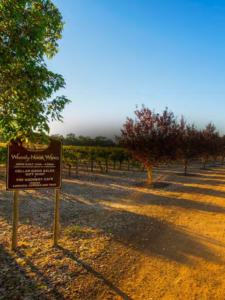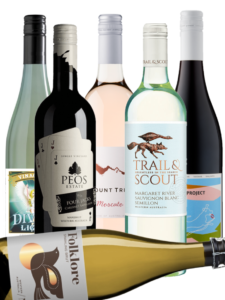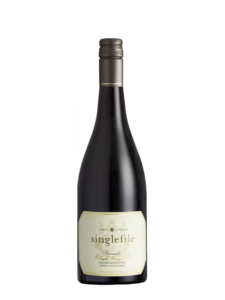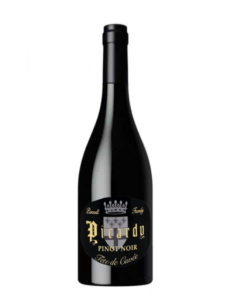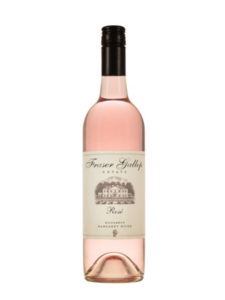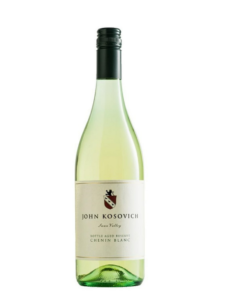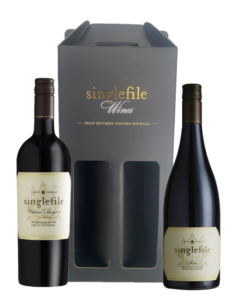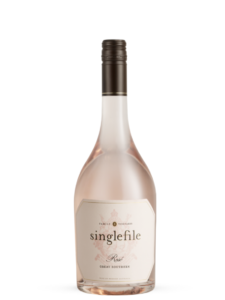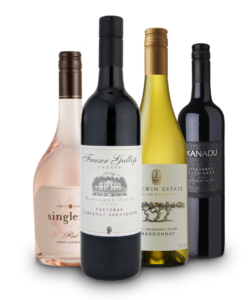Beginner’s Guide to clones
When you start exploring wine more deeply—especially in regions like Margaret River or the Great Southern—you’ll come across winemakers talking about clones. While it might sound like something out of a science fiction film, clones in viticulture are all about subtlety, tradition, and the endless pursuit of quality.
So, what are grape clones? Why do they matter, and what should you know as a wine lover—particularly when it comes to Western Australian wines?
What Is a Clone?
A grapevine clone is a vine that has been propagated from a single “mother” vine to preserve specific traits—like flavour, structure, or even disease resistance. Over time, certain vines have shown consistent, desirable characteristics, so viticulturists take cuttings and grow more of that exact genetic material.
This doesn’t mean the wines are “clones” in the sense of being all the same—in fact, different clones of the same grape can make drastically different wines. Think of clones as individual personalities within a grape variety.
Why Do Clones Matter?
WA’s wine regions, particularly Margaret River and Great Southern, are known for their high-quality Chardonnay, Pinot Noir, and Cabernet Sauvignon. Over the years, growers have trialled various clones to suit the local soils, climate, and winemaking preferences. Some clones have become local legends.
Let’s look at a few of the key clones in WA:
Chardonnay Clones in WA
Gingin Clone
-
Origin: Believed to have come from California but originally derived from Mendoza, Argentina.
-
WA Relevance: The backbone of many of Margaret River’s top Chardonnays.
-
Characteristics:
-
Produces low yields with small, unevenly sized berries (known as “hen and chicken”).
-
Leads to intense concentration and complexity in the wine.
-
Brings richness, ripe stone fruit flavours, and excellent natural acidity.
-
-
Notable Wines: Leeuwin Estate, Vasse Felix, and Voyager Estate often include Gingin clone fruit in their flagship Chardonnays.
Burgundian Clones (e.g., 95, 96, 277)
-
Origin: France
-
WA Use: Increasingly planted to add finesse and structure.
-
Characteristics:
-
Finer, more citrus-driven profiles.
-
Often used to blend with Gingin for complexity and elegance.
-
Pinot Noir Clones in WA
Although WA isn’t the first region that comes to mind for Pinot Noir, the Great Southern—particularly Denmark and Mount Barker—has seen growing success with it.
Clone 777
-
Origin: Dijon, France
-
WA Relevance: Popular for producing aromatic, plush Pinot.
-
Characteristics:
-
Delivers dark cherry and spice notes.
-
Plush mouthfeel and generous fruit.
-
Clone 114 & 115
-
Origin: Dijon
-
Characteristics:
-
114: Brings perfume and elegance.
-
115: Offers deeper colour and more tannin structure.
-
-
Use in WA: Often blended to balance finesse and power.
Droopy Clone
-
Nickname Origin: Named for its distinctive weeping growth habit.
-
WA Note: Older plantings in cooler sites; contributes earthy and savoury complexity.
Cabernet Sauvignon Clones in WA
Cabernet is king in Margaret River, and clonal selection has played a huge role in shaping its style.
Houghton Clone
-
Origin: Selected in WA from old vines at Houghton in the Swan Valley.
-
WA Relevance: THE quintessential Margaret River Cabernet clone.
-
Characteristics:
-
Balanced yield and ripening.
-
Classic cassis and herbal notes, with firm structure.
-
Consistent and well-suited to the region’s maritime climate.
-
What Should Newbies Know?
-
Clones Aren’t Brands – Don’t worry about memorising numbers. Just know that they help winemakers fine-tune their wines, even within the same variety.
-
Diversity is Key – Many great wines are blends of multiple clones. This adds layers of aroma, flavour, and texture.
-
WA is Unique – Clones like Gingin and Houghton have become almost synonymous with the identity of WA wines. They’re part of what makes our Chardonnays and Cabernets stand out on the world stage.
-
Terroir + Clone = Magic – A clone that performs well in Burgundy or Napa may behave differently in Margaret River. That’s why local adaptation matters.
🍇 Other Clones of Interest in Western Australia
Sauvignon Blanc
F4V6 Clone
-
Origin: South Australian selection.
-
WA Use: Widely planted in Margaret River and Pemberton.
-
Characteristics:
-
High-yielding and reliable.
-
Produces fresh, tropical aromatics (passionfruit, gooseberry).
-
Good acid retention.
-
-
Common Use: Often paired with Semillon for classic WA SBS (Sauvignon Blanc Semillon) blends.
H5V10 Clone
-
Use: Found in older vineyards.
-
Traits: More herbaceous and grassy than F4V6; occasionally favoured for complexity in blends.
Semillon
-
WA doesn’t have a widely recognised “hero clone” of Semillon, but some heritage selections (often massale plantings from Houghton-era stock) persist in older Swan Valley vineyards.
-
In Margaret River, Semillon clones are generally chosen for:
-
Good acid and citrus-driven flavour.
-
Compatibility with blending or barrel fermentation.
-
Merlot
D3V14 Clone
-
Origin: Davis (California) selection.
-
WA Relevance: The most common Merlot clone in WA.
-
Characteristics:
-
Medium-bodied wines with red fruit and soft tannins.
-
Not always ideal for structure; often used in Cabernet Merlot blends.
-
Q45-14
-
Origin: French clone.
-
Traits:
-
Better colour and tannin than D3V14.
-
Increasingly used in higher-quality Merlot plantings.
-
May become more relevant as producers seek to improve WA Merlot’s reputation.
-
Tempranillo
WA’s warmer inland regions (like Geographe and parts of the Great Southern) have experimented with Spanish varieties like Tempranillo.
CLONES: D8V12 and Requena Selection
-
Characteristics:
-
D8V12 is a common Australian clone: early ripening, good colour and structure.
-
Requena (Spanish origin) brings more savouriness and authentic varietal character.
-
-
Still an emerging area, but clonal work is helping WA Tempranillo become more stylistically consistent.
Malbec
Malbec is gaining traction in Margaret River, both as a blender and a varietal.
-
Most WA plantings come from Argentinian selections or early South Australian material.
-
Traits:
-
Deep colour, juicy black fruit, and floral aromatics.
-
Performs well in Margaret River’s warm days and cool nights.
-

